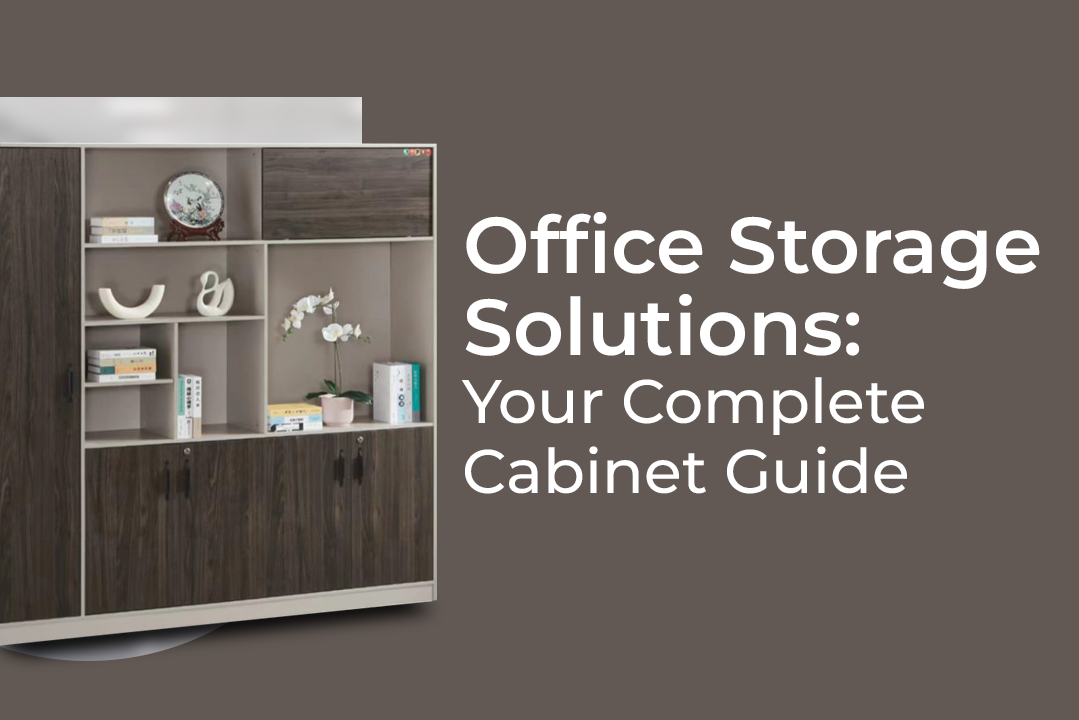Dressers serve as essential furniture pieces that combine functionality with style, providing crucial storage while contributing significantly to your bedroom’s overall aesthetic. These versatile pieces have evolved far beyond simple clothing storage, becoming statement furniture that can transform spaces and solve numerous organizational challenges throughout your home.
Whether you’re furnishing your first apartment, upgrading your master bedroom, or seeking additional storage solutions for any room, understanding the world of dressers helps you make informed decisions that will serve you well for years to come. From traditional wooden designs to modern minimalist styles, dressers offer endless possibilities for both storage and decor.
The right dresser investment pays dividends in daily convenience, bedroom organization, and overall home satisfaction. With proper selection and care, a quality dresser becomes a long-term furniture investment that adapts to changing needs and evolving personal style preferences.
Understanding Different Types of Dressers
Dressers come in various configurations designed to meet different storage needs and space requirements. Standard horizontal dressers feature wide, low profiles with multiple drawers arranged in rows, making them ideal for placing under windows or supporting televisions and decorative displays. These traditional designs work well in most bedroom layouts and provide excellent surface area for lamps, photos, and personal items.
Tall dressers, also called chest of drawers or tallboys, maximize vertical space while maintaining smaller footprints. These narrow, upright designs work perfectly in compact bedrooms, apartments, or any space where floor area is limited. Tall dressers often feature five to seven drawers stacked vertically, providing substantial storage without overwhelming smaller rooms.
Double dressers combine the benefits of horizontal and vertical storage, featuring wide bases with multiple columns of drawers. These larger pieces offer maximum storage capacity and work well in spacious master bedrooms or shared spaces where two people need adequate clothing storage. Double dressers often include mirrors and can serve as vanity areas.
Combo dressers integrate drawers with other storage solutions like open shelving, cabinets, or wardrobe space. These versatile pieces adapt to various storage needs beyond just clothing, accommodating books, electronics, linens, or decorative items. Combo designs work particularly well in multipurpose rooms or homes where furniture must serve multiple functions.
Material Choices and Construction Quality
Solid wood dressers represent the gold standard in furniture construction, offering durability, beauty, and longevity that justifies higher initial investments. Hardwoods like oak, maple, cherry, and walnut provide excellent strength and develop beautiful patinas over time. Solid wood construction allows for refinishing and repair, making these pieces truly long-term investments.
Engineered wood products like plywood and MDF offer more affordable alternatives while still providing good durability when properly constructed. High-quality plywood with solid wood veneers can deliver excellent performance at moderate price points. Look for furniture-grade plywood and avoid particleboard in high-use applications.
Size and Proportion Considerations
Selecting the right dresser size involves balancing storage needs with available space and visual proportion. Measure your room carefully, considering not just floor space but also clearance for drawer operation and walking paths. Allow at least 36 inches in front of dressers for comfortable drawer access and room movement.
Consider ceiling height when choosing between horizontal and vertical dresser styles. Tall dressers work well in rooms with high ceilings but can appear overwhelming in spaces with standard 8-foot ceilings. Conversely, low horizontal dressers might look lost in rooms with very high ceilings.
Think about the dresser’s relationship to other bedroom furniture, particularly the bed. Dressers should complement rather than compete with your bed’s scale and style. In master bedrooms, dressers often work best when their height relates proportionally to nightstands and other bedroom pieces.
Style Guide: From Traditional to Contemporary
Traditional dresser styles feature classic proportions, rich wood finishes, and decorative details like raised panels, carved elements, or vintage-inspired hardware. These timeless designs work well with classic, transitional, or eclectic decor schemes and tend to maintain their appeal across changing trends.
Modern and contemporary dressers emphasize clean lines, minimal ornamentation, and innovative materials or finishes. These designs often feature sleek hardware, geometric shapes, and neutral colors that blend seamlessly with modern interior design approaches. Contemporary dressers frequently incorporate mixed materials like wood and metal.
Mid-century modern dressers combine retro aesthetics with functional design, featuring characteristic elements like tapered legs, warm wood tones, and distinctive hardware. These pieces work well in both authentic mid-century interiors and contemporary spaces seeking vintage character.
Drawer Configuration and Organization
Drawer sizes and configurations significantly impact dresser functionality and organization effectiveness. Deep drawers work well for bulky items like sweaters and jeans, while shallow drawers better accommodate delicate items, undergarments, and accessories. Mixed drawer depths provide flexibility for various clothing types.
Consider your clothing organization preferences when selecting drawer configurations. Some people prefer many small drawers for detailed organization, while others favor fewer large drawers for simplified sorting. Think about how you currently organize clothing and choose configurations that support your natural habits.
Drawer dividers and organizers maximize dresser efficiency regardless of configuration. These accessories help maintain organization, prevent clothing from shifting, and make items easier to locate. Many dressers include basic dividers, but aftermarket organizers can customize storage to specific needs.
Placement and Room Integration
Dresser placement affects both room functionality and visual appeal. Traditional placement against walls maximizes floor space and creates clean room lines, but consider alternative arrangements that might better serve your specific needs and room layout.
Using dressers as room dividers works well in studio apartments or large bedrooms where you want to create separate zones. This approach requires dressers with finished backs and careful consideration of access from both sides.
Corner placement can maximize space efficiency in compact rooms, though it may limit surface display opportunities. Angled placement in corners can create more dynamic room arrangements while maintaining good drawer access.
Consider the dresser’s relationship to natural light sources. Placing dressers near windows can provide good lighting for getting dressed, but consider potential sun damage to wood finishes. Window placement also affects what you can display on dresser surfaces.
Styling and Decorating Your Dresser Top
Dresser tops provide valuable surface space for both functional and decorative items, but successful styling requires balancing practicality with aesthetics. Create visual interest through varied heights, textures, and groupings while maintaining space for daily essentials.
Layer different elements like lamps, mirrors, artwork, and decorative objects to create depth and visual appeal. Use the rule of thirds by dividing dresser top space into three zones and varying the visual weight in each area. This creates more dynamic and pleasing arrangements than centered or symmetrical approaches.
Incorporate functional items like jewelry dishes, charging stations, or small trays that serve daily needs while contributing to your overall design scheme. These pieces should coordinate with your room’s style and color palette while providing practical value.
Personal items like family photos, travel mementos, or collections add personality and meaning to dresser displays. Mix personal items with more generic decorative pieces to create arrangements that reflect your individual style and interests.
Maintenance and Care Tips
Proper dresser maintenance extends furniture life and maintains appearance through years of use. Regular dusting with appropriate cleaners prevents buildup and protects finishes. Use wood-specific cleaners for wooden dressers and avoid harsh chemicals that might damage finishes or hardware.
Drawer maintenance includes periodic cleaning, lubrication of slides, and adjustment of hardware as needed. Remove drawers periodically to clean tracks and interior spaces where dust and debris accumulate. This maintenance prevents drawer operation problems and extends hardware life.
Protect dresser surfaces from damage through appropriate use of coasters, trivets, and protective pads under decorative items. Avoid placing hot items directly on surfaces and clean spills immediately to prevent staining or finish damage.
Address minor damage promptly to prevent larger problems. Small scratches in wood finishes can often be touched up with appropriate stains or markers, while loose hardware should be tightened before it causes additional damage.
Organization Systems and Storage Solutions
Effective dresser organization begins with sorting and categorizing clothing by type, frequency of use, and seasonal needs. This process helps determine optimal drawer assignments and identifies items that might be better stored elsewhere.
Implement organization systems that match your lifestyle and maintenance preferences. Some people prefer strict categorization with dedicated drawers for specific item types, while others favor more flexible systems that adapt to changing needs.
Seasonal rotation maximizes dresser efficiency by storing off-season items in less accessible locations while keeping current-season clothing easily available. This approach works particularly well in climates with distinct seasons and limited storage space.
Budget Considerations and Value
Dresser prices vary dramatically based on materials, construction quality, brand, and design complexity. Establish realistic budgets that balance immediate needs with long-term value considerations. Sometimes spending more initially provides better value through extended use and higher quality.
Consider total cost of ownership, including potential repair costs, refinishing needs, and replacement timelines. Quality dressers often cost less per year of use than cheaper alternatives that require frequent replacement.
Look for sales, clearance events, and seasonal promotions to maximize budget effectiveness. Many furniture retailers offer significant discounts during specific times of year, and floor models often provide excellent value.
Don’t overlook secondhand options, including estate sales, thrift stores, and online marketplaces. Quality vintage dressers often offer superior construction at reasonable prices, though they may require refinishing or minor repairs.
Modern Features and Innovations
Contemporary dressers often include modern conveniences like built-in lighting, charging stations, or USB ports that accommodate today’s electronic devices. These features add convenience but should be evaluated for long-term relevance and quality.
Soft-close drawer slides provide smooth, quiet operation while protecting both drawers and contents from slamming damage. This feature particularly benefits households with children or anyone who values quiet morning routines.
Adjustable or removable drawer dividers allow customization as storage needs change over time. This flexibility extends dresser usefulness and accommodates different types of clothing or accessories.
Some modern dressers include lock mechanisms for secure storage of valuable items. While not necessary for most users, these features can provide peace of mind in shared living situations or for storing important documents and jewelry.
Environmental and Sustainability Considerations
Choose dressers made from sustainably harvested wood or recycled materials when environmental impact is a concern. Look for certifications like FSC (Forest Stewardship Council) that indicate responsible forestry practices.
Consider dresser longevity as an environmental factor. Quality pieces that last decades have lower environmental impact than cheaper alternatives requiring frequent replacement. Repair and refinishing capabilities also contribute to sustainability.
Local manufacturing reduces transportation environmental costs while often providing better quality control and customer service. Research manufacturers’ practices and choose companies aligned with your environmental values when possible.
Plan for end-of-life disposal or recycling when purchasing new dressers. Quality wooden dressers can often be donated, resold, or repurposed rather than discarded, contributing to circular economy principles.
The right dresser becomes an integral part of your daily routine and bedroom aesthetic, providing years of reliable service while enhancing your living space. Take time to consider your specific needs, style preferences, and long-term goals when making this important furniture investment. Quality dressers adapt to changing needs and evolving decor, making them worthwhile investments in both function and style.














